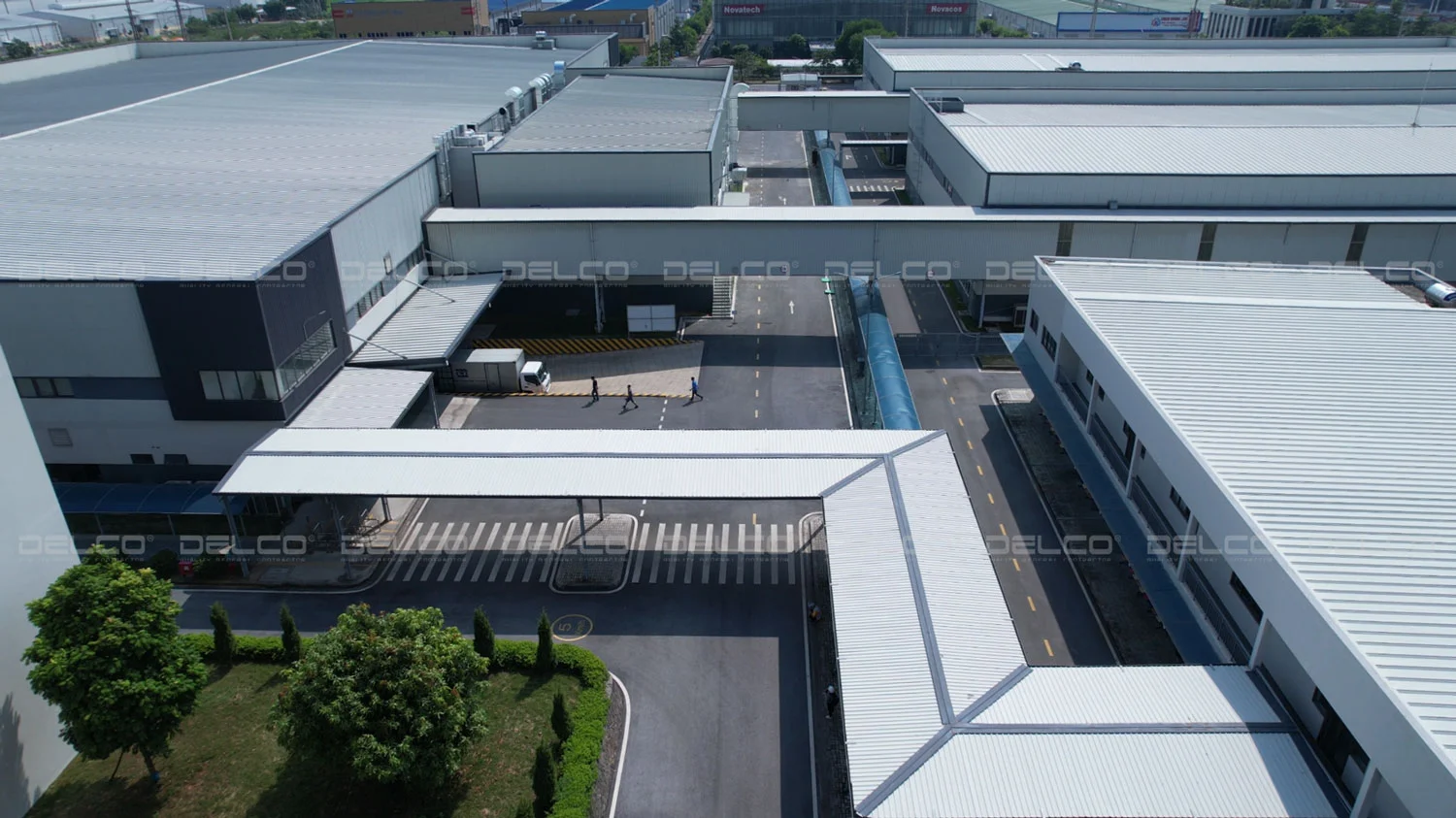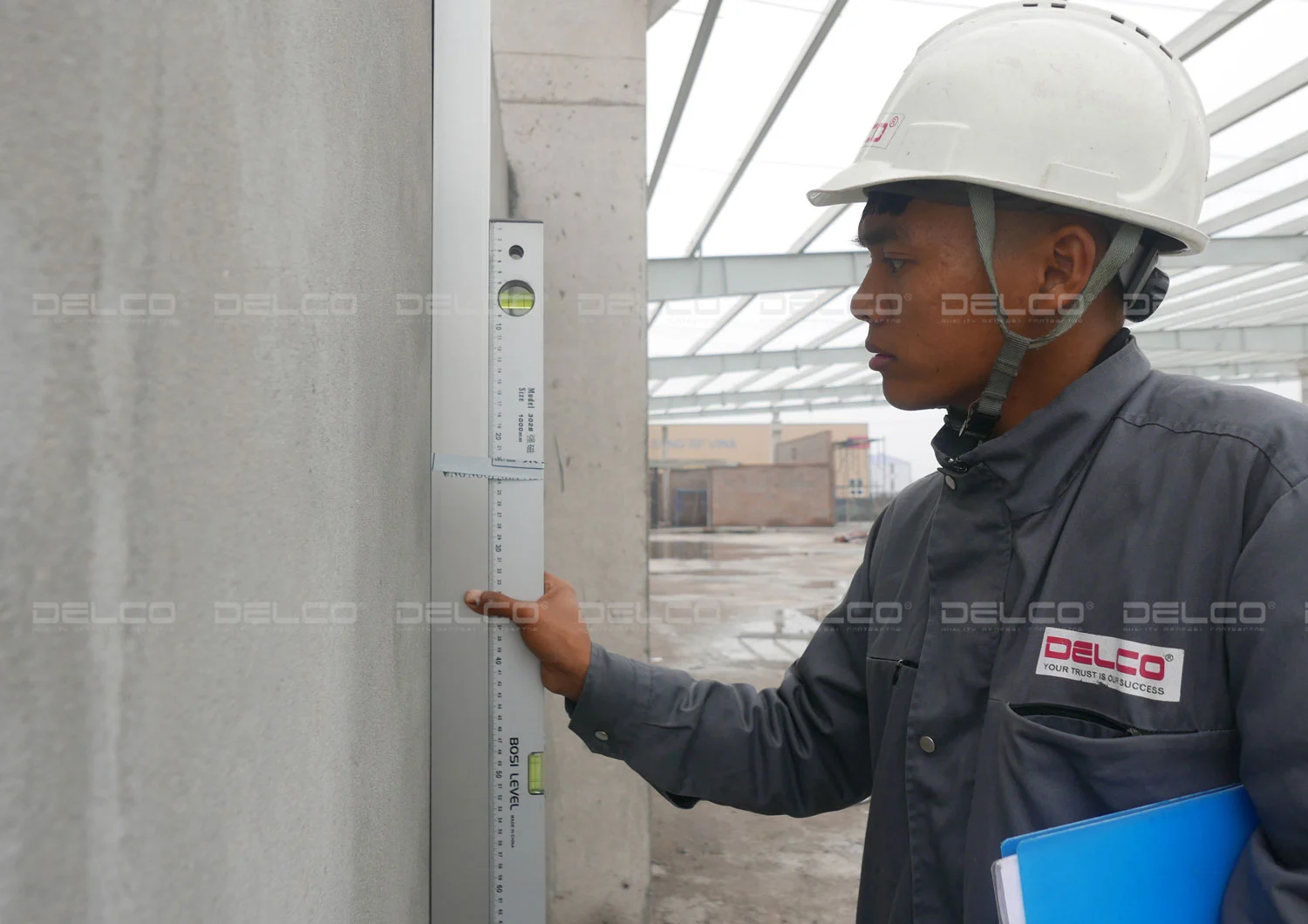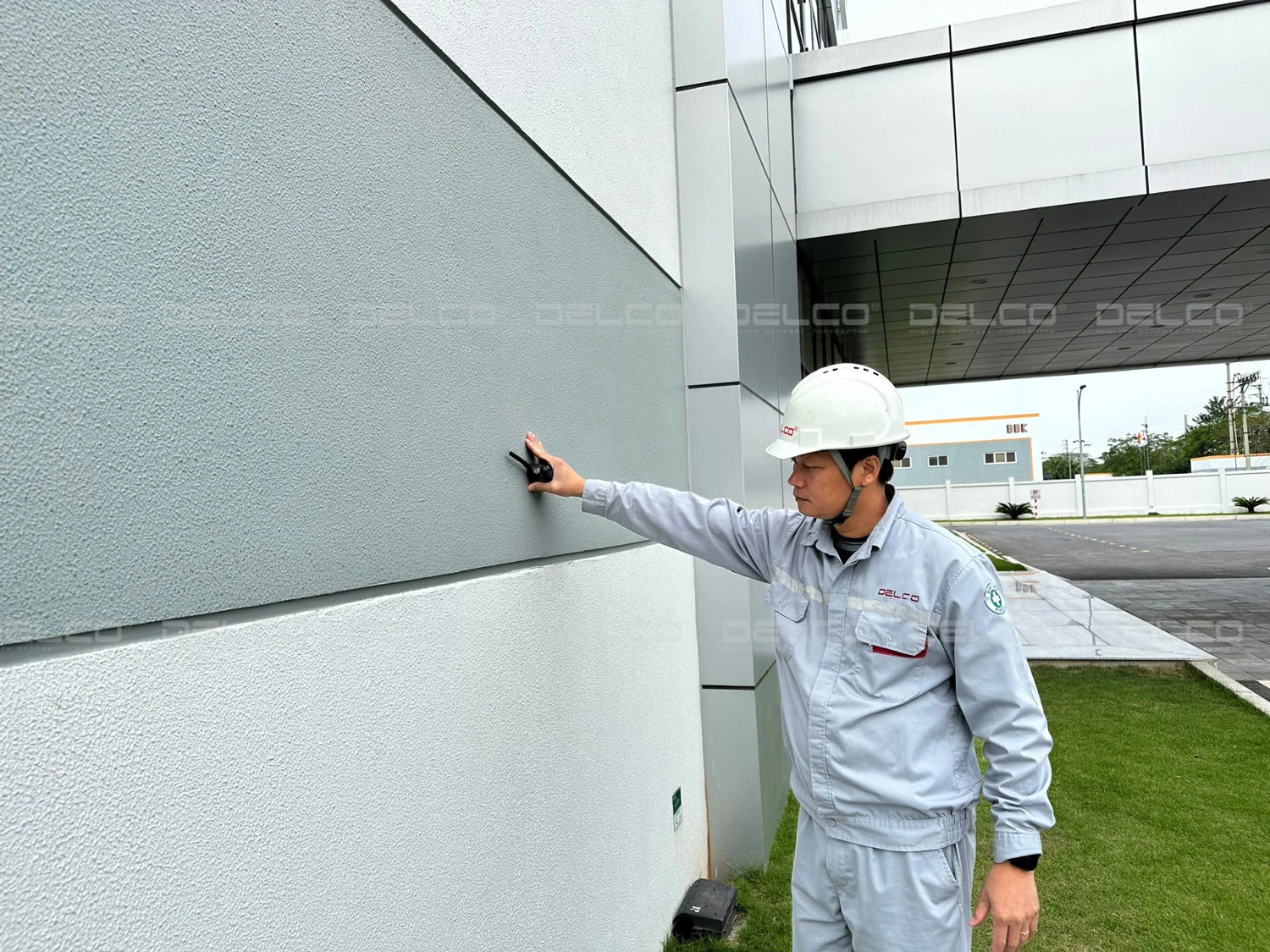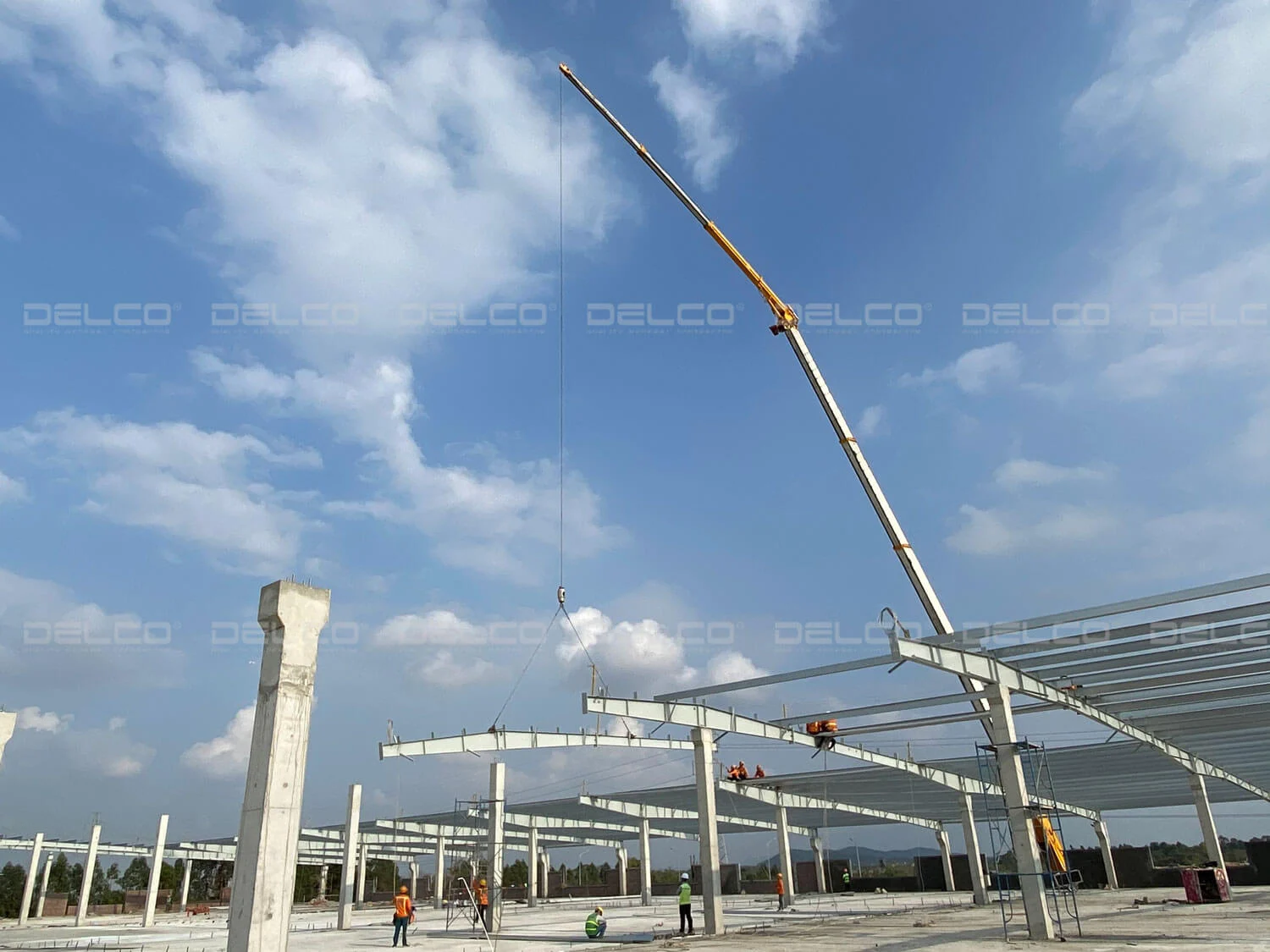Construction in extreme heat conditions requires schedule management measures such as adjusting work schedules appropriately, managing materials and equipment properly, and conducting regular health monitoring.
Construction during the extreme heat summer is not uncommon for factory construction projects, especially large factories. In recent years, the El Niño and greenhouse effects have led to extreme weather conditions, with summer temperatures reaching 40 – 42 degrees Celsius. The long and intense sunlight not only negatively impacts workers’ health but also the project’s schedule and quality. Therefore, construction in extreme heat conditions requires contractors to have specialized management measures and occupational safety plans to ensure workers’ health as well as to meet the requirement of project quality and schedule.
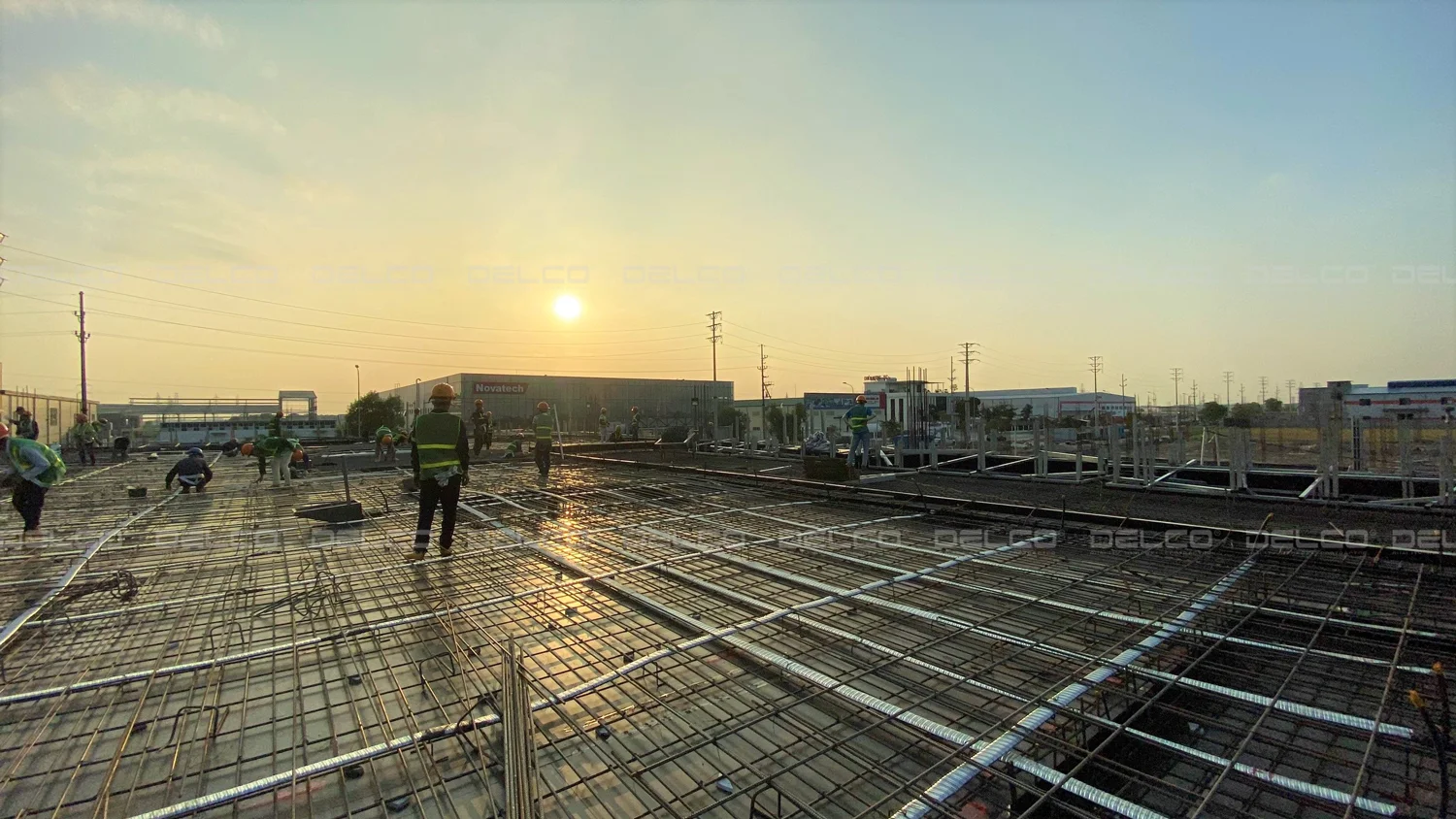
Risks of Construction in Hot Weather
Extreme heat not only affects workers’ health but also reduces labor efficiency, work quality, and occupational safety on-site.
- Risk to Occupational Safety: extreme heat increases the risk of illnesses such as heatstroke, heat exhaustion, and dehydration, which severely impact workers’ health and increase the likelihood of accidents during construction.
- Reduced Labor Efficiency: Hot weather causes dehydration and fatigue among workers, leading to a significant decrease in labor efficiency, particularly for outdoor tasks.
- Impact on Construction Materials and Quality: High temperatures can directly affect the quality of certain construction materials. For instance, the curing of concrete at high temperatures can reduce its strength and increase the risk of cracking. Materials such as steel, iron, and wood may expand, causing warping.
- Increased Risk of Fire and Explosion: chemicals and flammable material storage areas can catch fire at high temperatures, easily ignited by electrical sparks. Electrical equipment is prone to short circuits and overheating in high temperatures.
- High-Powered Machines Consume More Energy: High temperatures cause large machines and equipment to consume more energy to maintain efficiency and dissipate heat, leading to increased operational costs and reduced equipment lifespan.
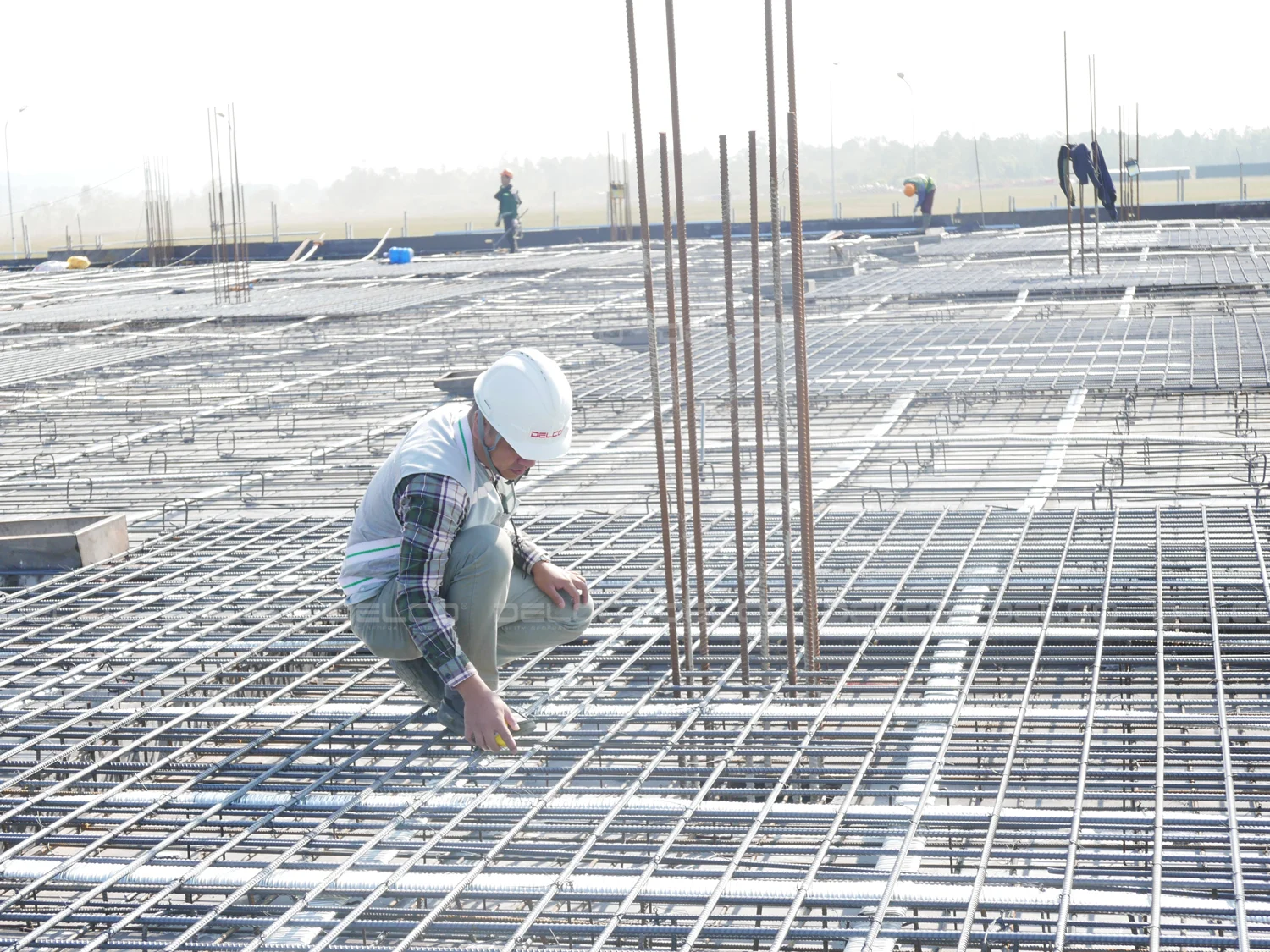
Safety schedule management measures for construction in extreme heat conditions
Adjusting Work Schedules Appropriately
During periods of extreme heat, when temperatures reach 38 – 41 degrees Celsius, contractors should adjust construction schedules to avoid the hottest time of the day. Work can start early in the morning when temperatures are cooler, allow for a longer midday break, and continue later into the afternoon or evening. Rest periods for workers should be scheduled flexibly and appropriately in the middle of shifts.
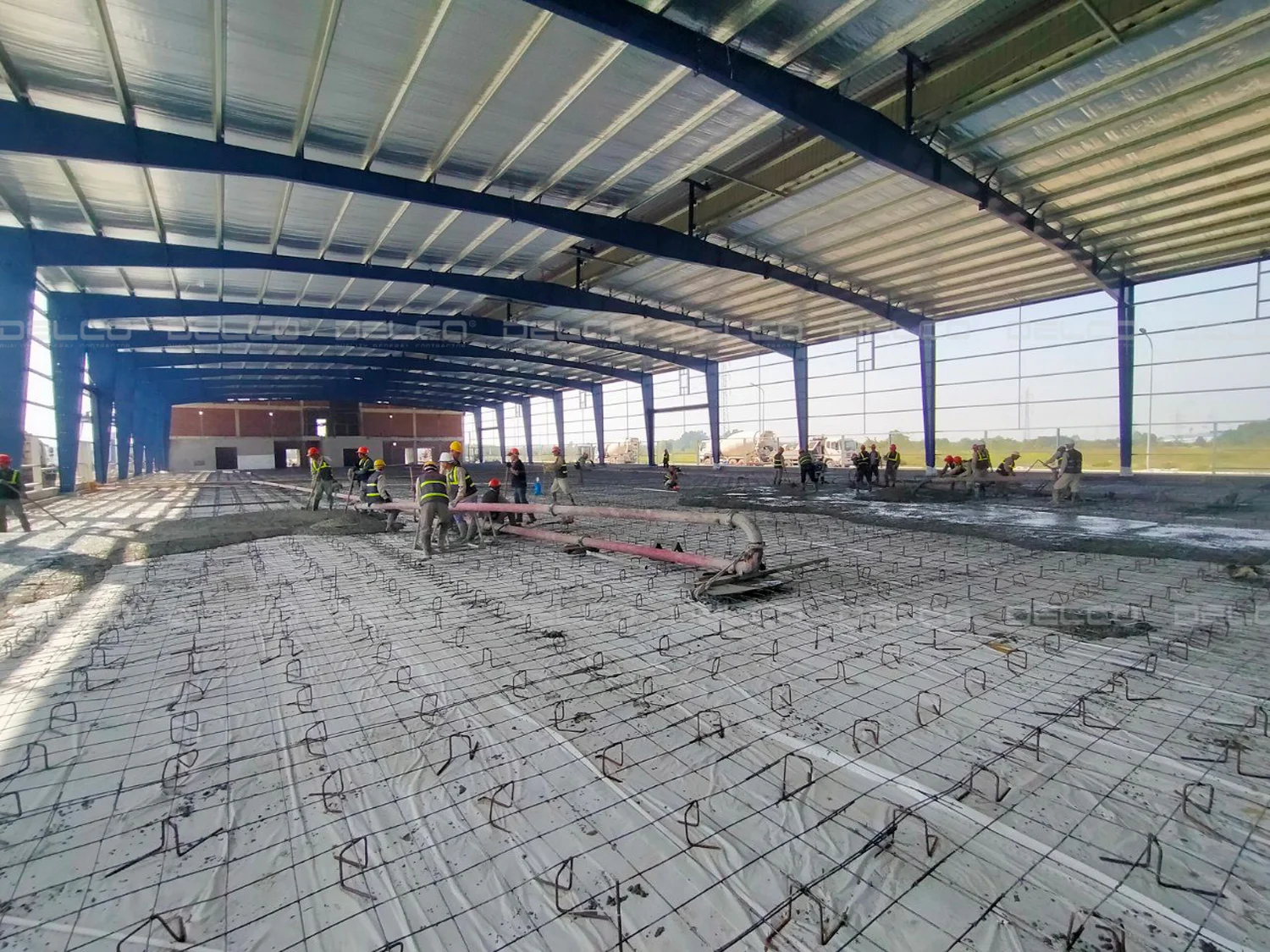
Improving the Work Environment
Contractors should consider providing additional equipment such as cooling vests and industrial fans to improve the working environment in hot weather. The construction site should have drinking water stations conveniently located to provide adequate and continuous hydration for workers. Additionally, shaded rest areas should be provided to ensure that workers can avoid the sun and rest in cool places.
Proper Management of Materials and Equipment
Depending on the nature of each material, contractors should have appropriate storage measures. Materials prone to expansion and deformation due to high temperatures, such as wood, finishing materials, and plastic pipes, should be stored in dry, shaded areas. Additionally, for large construction machinery and equipment, inspections and maintenance should be enhanced to ensure stable operation and avoid sudden breakdowns that could affect construction schedule..
Maintenance of Concrete and Masonry Walls
Concrete work should be carried out in the early morning or late afternoon to avoid high temperatures that can cause rapid water evaporation, reducing concrete slump and affecting finishing work such as applying hardeners and concrete surface finishing. After pouring concrete, use moisture-retention methods such as covering with wet tarps, mist spraying, or applying specialized curing compounds to reduce evaporation and prevent surface cracking.
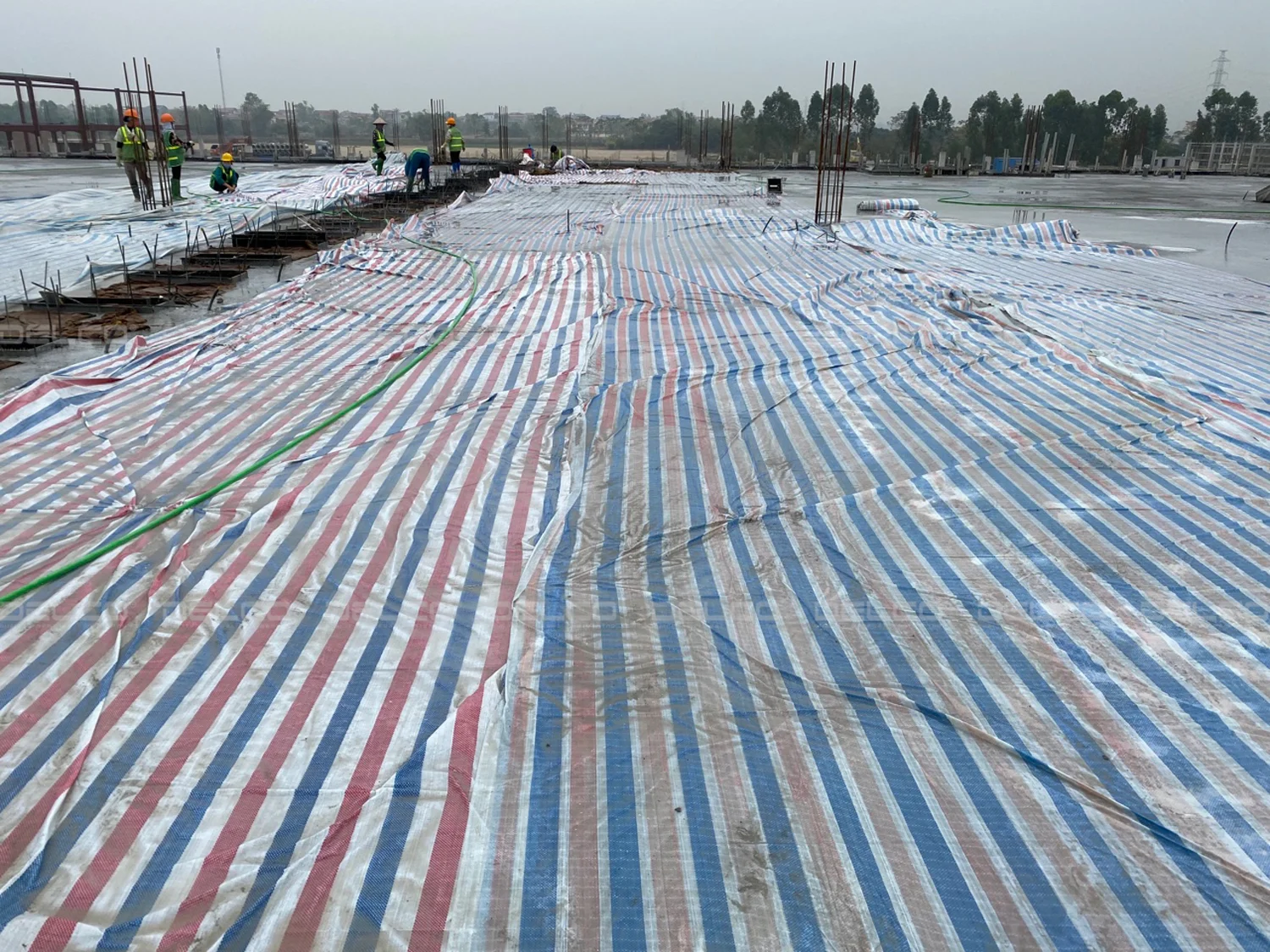
Additionally, when constructing masonry walls, it is important to adequately wet the bricks to prevent them from absorbing water from the mortar, which would reduce adhesion. After construction, moisten or mist spray the walls two to three hours later to reduce the risk of cracking due to shrinkage.
Enhancing Fire and Explosion Prevention on Site
To effectively prevent fire and explosion hazards, materials should be neatly organized, with flammable chemicals stored safely in designated areas. Welding and cutting activities should be well-shielded to prevent sparks from causing fires. The site must be equipped with adequate firefighting equipment, and staff should be trained in its use and participate in regular fire drills.
Preparing Health and Safety Management Plans

To cope with hot weather conditions, contractors should proactively prepare health and safety management plans and have HSE supervisors to detect and promptly address any issues caused by extreme heat. Contractors should hold training sessions and drills for emergency scenarios on-site, covering basic first aid skills, particularly those for dealing with heat stroke and exhaustion. First aid kits should be located in convenient places on-site, fully equipped with first aid supplies, and ensure that there is always urgent contact list of the nearest healthcare provider, along with a list of hospitals, medical centers, and emergency contact numbers for immediate assistance when needed.
See also: Schedule management plan of factory construction
See also: Ensuring safety of factory construction during the rainy and stormy season


